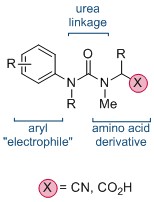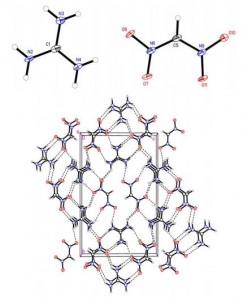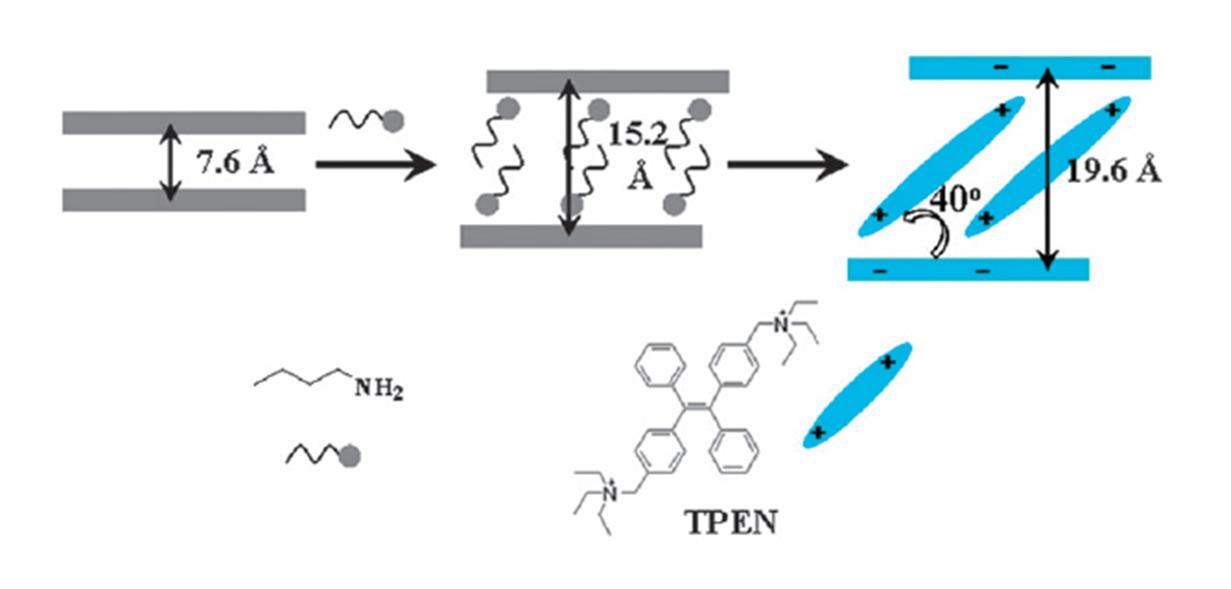Poly(ionic liquid)s, or PILs, are polyelectrolytes whose potential uses are being investigated for a variety of technologies, such as batteries, membranes, solar cells and switchable surfaces. In this ChemComm communication, Professor Eric Drockenmuller and co-workers at the Université de Lyon, University of Liège and the Institut Universitaire de France describe a new family of PILs based on poly(vinyl ester 1,2,3-triazolium)s, which should give rise to new properties and application possibilities.
The materials are prepared from a multistep route making use of `click chemistry´(copper(I) catalysed azide alkyne Huisgen cycloaddition reaction), palladium catalyzed vinyl group exchange, and cobalt mediated radical polymerisation. This route yields a neutral polymer, which is transformed into the poly(ionic liquid) using N-methyl bis[(trifluoromethyl)sulfonyl]imide. This useful reagent alkylates the triazole group present, and delivers the bis[(trifluoromethyl)sulfonyl]imide counterion in one step.
The ionic conductivity for the PIL reported is slightly lower than for other types of PIL. To tune this property, a variety of alkynes and azides are being tested in the ring forming step of the reaction, which will result in different substituents on the triazolium ring and on the spacer group between the polymer backbone and triazolium ring. Changes in thermal properties in the the neutral precursor-to-PIL stage of the reaction were measured using broadband dielectric spectroscopy. Significant changes in solubility, and a 9⁰C rise in glass transition temperature to -16⁰C, were observed.
The molecular variety introduced by this new synthetic approach offers large scope for fine tuning the electronic and mechanical material properties of these polyelectrolytes, further enabling their use in important technological applications.
Read this Chemical Communication today – it’s free to access until 3rd April*:
Poly(vinyl ester 1,2,3-triazolium)s: a new member of the poly(ionic liquid)s family
M. M. Obadia, G. Colliat-Dangus, A. Debuigne, A. Serghei, C. Detrembleurb and E. Drockenmuller
DOI: 10.1039/c4cc08847f
*Access is free through a registered RSC account – click here to register












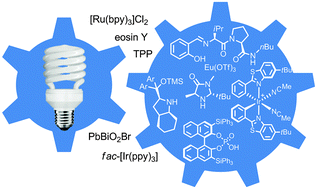 Recently, visible light, a sustainable and affordable energy resource, gained substantial interest with its capability to selectively access chiral molecules from prochiral substrates without undesirable by-products. Transformations including aldehyde α-functionalization and [2+2] cycloadditions demonstrate the potential of visible light in the presence of a photosensitizer.
Recently, visible light, a sustainable and affordable energy resource, gained substantial interest with its capability to selectively access chiral molecules from prochiral substrates without undesirable by-products. Transformations including aldehyde α-functionalization and [2+2] cycloadditions demonstrate the potential of visible light in the presence of a photosensitizer.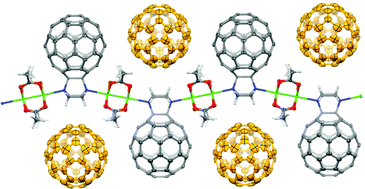
 Anthea Blackburn is a guest web writer for Chemical Communications.
Anthea Blackburn is a guest web writer for Chemical Communications. 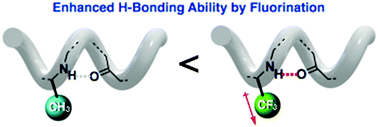

 On Wednesday evening, the 2014 RSC Haworth Memorial Lecture will be delivered by
On Wednesday evening, the 2014 RSC Haworth Memorial Lecture will be delivered by 
